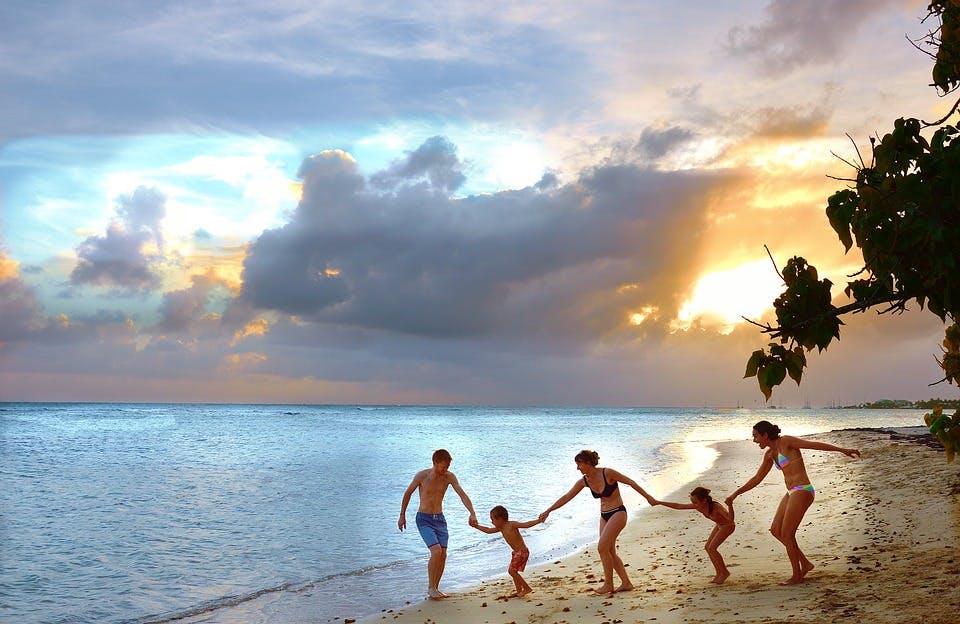More and more people are wearing tattoos these days, all over the world. The social stigma is far less than it’s been over the years, and “body art” has come to be admired in most circles.
In Hawaii, tattoos have a significance of their own.
Early explorers noted that both men and women wore tattoos in old Hawaii, and there was a variety of reasons. Some men were heavily tattooed on only one side of their bodies. One explorer noted that they looked like men half burned, or daubed with ink, from the top of their heads to the soles of their feet. Such tattoo treatments were commonly applied to warriors in the Marquesas as a disguise, and it is now thought that such tattooing may have set apart Hawaiian warriors as well.
Oral history tells of warriors defeated in battle who were taken prisoner, then beaten, then tattooed. As an added indignity, their eyelids were turned up and tattooed on the inside. Some outcasts born into the slave class were permanently marked with a curved line above the bridge of the nose, or a circular spot in the middle of the forehead, with curved lines like brackets on either side of the eyes.
It was Captain James Cook who introduced tattoos to the western world, and today “tattoo” is among a very few words to be used internationally that have a Polynesian origin. The word comes from the word “tatau” used in Tahiti, Tonga, and Samoa. In Hawaii the word became kakau. Hawaiian tattoo designs usually depicted squares, triangles, crescents and figures of personal gods, such as the lizard or shark.
After Western contact, tattoo designs evolved to include more fanciful shapes such as figures of birds, goats, fans or guns. When King Kamehameha died, many Hawaiians had “Kamehameha, 1819” tattooed on themselves to show their respect for the king.
Tattoo needles sometimes were made of beaks and claws of birds, but more often they were fashioned from the knife-like barbs on the sides of the tails of certain fish. Some bones were split to form double pointed needles. Still others were grooved from the base to the point of the barb with the dull upper end wrapped in fiber to hold ink in reserve. Ink for permanent tattoos was made of the burned soot of the kukui nut.
Historians think that anyone could have a tattoo, but often it was the ali`i (upper class) who were the most extensively adorned because skilled tattoo masters were expensive. Hula dancers, both men and women, were usually generously tattooed. Women often had tattoos on their fingers, hands, and wrists.
Today, there’s a resurgence of Hawaiian pride. Tattoos are becoming increasingly common in the islands. Tattooing is one of the few ancient art forms that are truly Polynesian.
Hawaii is loaded with tattoo parlors and artists. The better ones are pretty expensive.




